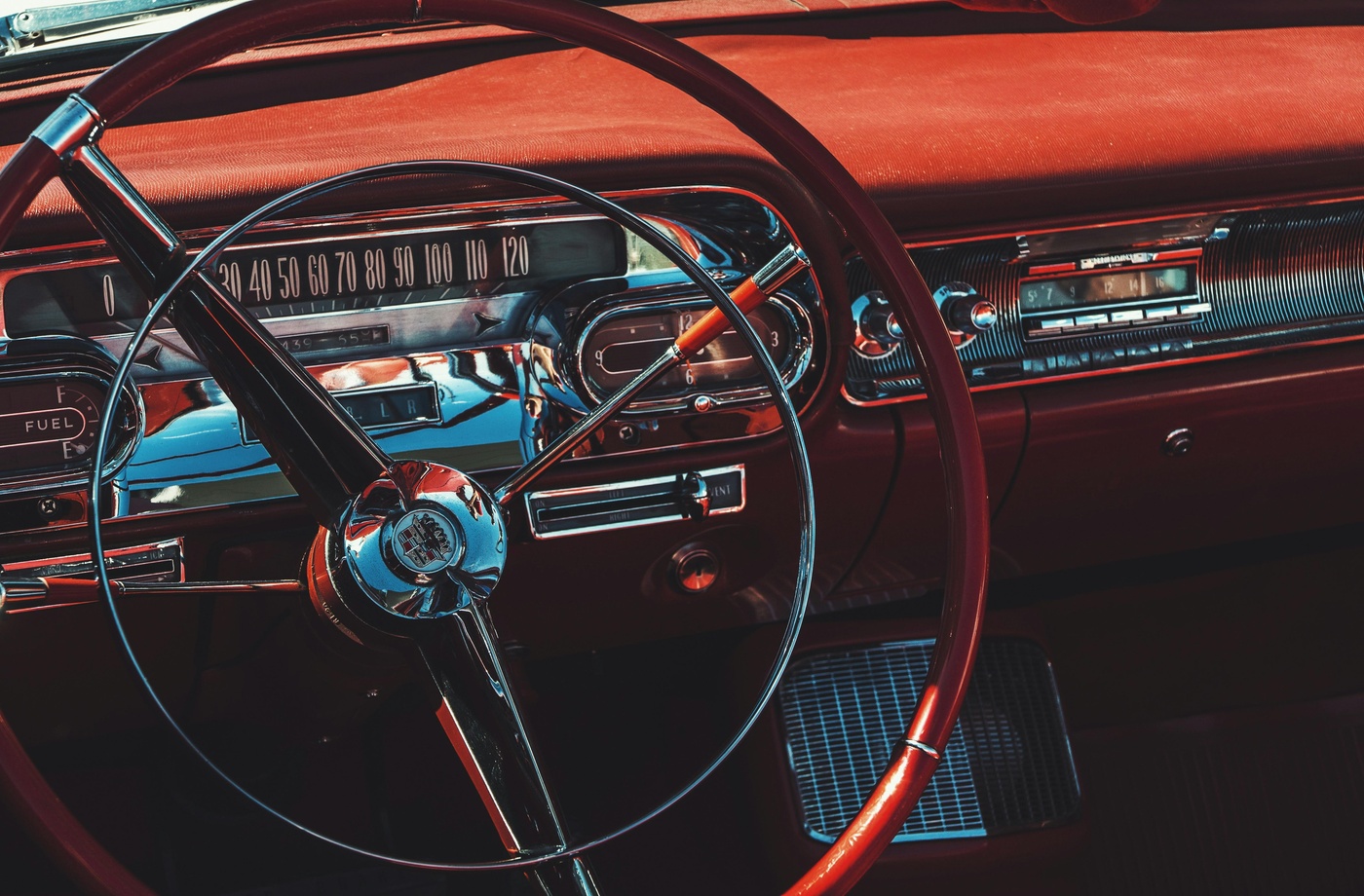Tire pressure might not seem like a major concern, but it has a direct and measurable effect on your vehicle’s fuel efficiency. Driving with underinflated tires increases rolling resistance, which means your engine has to work harder—and burn more gas—to keep you moving. If you’re looking for a simple, no-cost way to boost fuel economy, checking your tire pressure regularly should be at the top of your list.
How Tire Pressure Affects Fuel Economy
According to the U.S. Department of Energy, keeping your tires properly inflated can improve gas mileage by up to 3%. On the flip side, for every 1 PSI drop in tire pressure below the recommended level, fuel efficiency can decrease by around 0.2%. That may sound small, but across thousands of miles, it adds up—especially with today’s fuel prices.
Why Underinflated Tires Waste Fuel
When a tire is underinflated, more of the tire’s surface contacts the road. This increases friction and resistance, which forces the engine to expend more energy to maintain speed. The result is higher fuel consumption and more frequent fill-ups.
Additional Consequences of Low Tire Pressure:
- Faster tread wear
- Increased risk of blowouts
- Longer stopping distances
- Poor handling, especially in wet conditions
- Reduced lifespan of the tire and poorer vehicle performance
How to Check Tire Pressure Accurately
- Know the correct PSI.
Check the driver-side door placard or your vehicle’s owner’s manual for the manufacturer’s recommended PSI (pounds per square inch). Do not use the number listed on the tire’s sidewall, as that’s the maximum pressure—not the recommended amount.
- Use a reliable gauge.
Tire pressure gauges are inexpensive and available at auto stores or online. Consumer Reports recommends digital gauges for better accuracy.
- Check pressure when tires are cold.
Tire pressure increases as the tires heat up during driving. Check it after the car has been parked for at least three hours or before driving in the morning.
- Adjust as needed.
Use an air compressor at a local gas station or a portable inflator. Many stations offer free or low-cost air; some even have automatic inflators that stop once the desired PSI is reached.
How Often Should You Check Tire Pressure?
Experts recommend checking tire pressure at least once a month and before any long road trip. You should also check after large temperature swings, as colder weather causes pressure to drop.
Bonus Tip: Track Fuel Efficiency Trends
If you want to monitor your car’s performance, consider using a fuel-tracking app like Drivvo or Fuelly. These apps can help you detect declines in MPG that might be tied to low tire pressure or other maintenance issues.
Combine Tire Maintenance with Smart Fueling
Tire maintenance is just one part of a complete fuel-saving strategy. To reduce costs even further, you can earn cashback at BP with a gift card from Fluz, or browse other stations offering rewards via the Fluz homepage. Pairing efficient driving habits with smart payment tools helps maximize every mile.
Conclusion
Neglecting tire pressure is one of the easiest ways to waste gas. But with a few minutes each month and a simple pressure gauge, you can improve safety, extend your tires’ lifespan, and get more out of every tank. It’s a low-effort, high-reward habit that benefits every driver.



